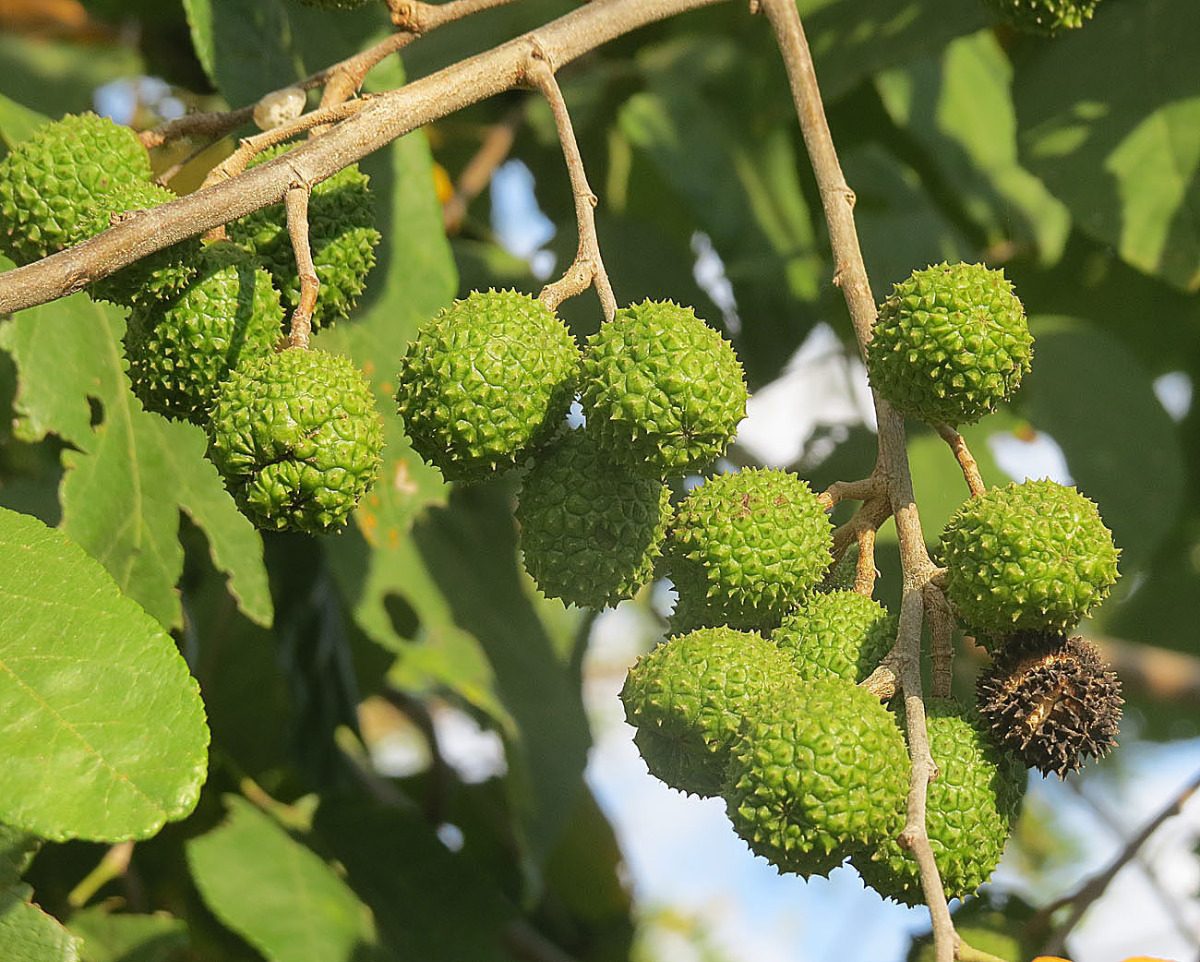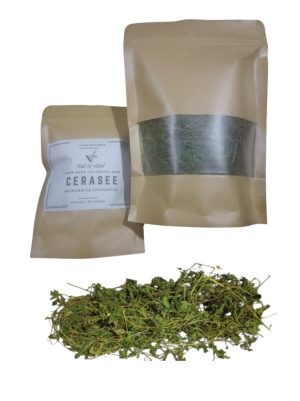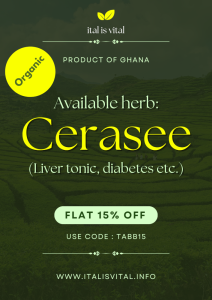Summary, Uses and Benefits
Cablote, scientifically known as Guazuma ulmifolia, is a plant that belongs to the Sterculiaceae family. It is also known by several common names, including West Indian elm, bay cedar, and guácimo.
Here is some information about Cablote (Guazuma ulmifolia):
Latin Name: Guazuma ulmifolia
Family: Sterculiaceae
Synonyms: Guazuma tomentosa, Theobroma guazuma
Common Names: Cablote, West Indian elm, Bay cedar, Guácimo
Natural or Hybrid: Cablote (Guazuma ulmifolia) is a natural, non-hybrid plant species.
Wild Species: Cablote is a wild species commonly found in tropical and sub-tropical regions of the Americas.
Description: Cablote is a medium-sized tree that can reach heights of up to 25 meters. It has simple, alternate leaves and produces small greenish-yellow flowers. The tree’s fruit is a woody capsule containing small seeds.
Properties and Actions: Cablote is known for its various medicinal properties, including anti-inflammatory, analgesic, antioxidant, and antimicrobial properties.
Mineral and Nutrient Content: Cablote may contain various minerals and nutrients, but detailed information on its specific mineral and nutrient content is not widely available.
Parts Used Medicinally: Different parts of the Cablote tree, including its leaves, bark, and roots, are used for medicinal purposes.
Medicinal Uses: Cablote has been traditionally used in herbal medicine for a range of purposes, including as a remedy for coughs, colds, asthma, and inflammation. It is also used topically to treat skin conditions.
Preparation and Dosage: The preparation and dosage of Cablote for medicinal use can vary depending on the specific ailment and traditional practices. Here are some traditional recommendations on dosages:
Respiratory problems: 1 cup of a standard bark decoction 2-3 times daily.
Gastrointestinal and other conditions: bark decoction is used or 2-3 ml of a 4:1 tincture twice daily or 1 to 2 grams of powdered bark daily in tablets or capsules or stirred into water or juice.
Herbal Recipes: Traditional herbal recipes involving Cablote may include preparations like teas, decoctions, or poultices for medicinal purposes.
Recipes
Cablote (Guazuma ulmifolia) is not commonly used in culinary recipes, and its primary use is in traditional herbal medicine for various health purposes. However, here are four simple recipes that incorporate Cablote for its potential health benefits:
-
Cablote Tea:
Ingredients:
- 1-2 teaspoons of dried Cablote leaves or bark
- 1 cup of hot water
Instructions:
- Boil the water and pour it over the dried Cablote leaves or bark.
- Allow it to steep for about 5-10 minutes.
- Strain the tea and drink it while warm. You can add agave or key lime for flavor if desired.
-
Cablote Decoction for Cough and Cold:
Ingredients:
- 2-3 tablespoons of Cablote bark (dried or fresh)
- 4 cups of water
Instructions:
- In a pot, add the Cablote bark and water.
- Bring it to a boil and then simmer for about 15-20 minutes.
- Strain the decoction and allow it to cool slightly.
- Drink a cup of this decoction two to three times a day to help alleviate cough and cold symptoms
-
Cablote Poultice for Skin Inflammation:
Ingredients:
- Fresh Cablote leaves
- Warm water
Instructions:
- Crush fresh Cablote leaves to create a paste.
- Mix the paste with a small amount of warm water to make it pliable.
- Apply the poultice to the affected area on the skin, such as insect bites or minor skin irritations.
- Leave it in place for about 15-20 minutes before rinsing it off.
-
Cablote Infused Oil:
Ingredients:
- Dried Cablote leaves or bark
- Carrier oil (e.g., coconut oil or olive oil)
Instructions:
- Fill a glass jar with dried Cablote leaves or bark.
- Pour the carrier oil over the plant material, ensuring it’s completely covered.
- Seal the jar and place it in a sunny windowsill for 2-4 weeks to allow the oil to infuse.
- Strain the oil and store it in a cool, dark place. You can use this infused oil topically for skin conditions.
.
Scientific Research: There is ongoing research on the potential health benefits and pharmacological properties of Cablote, but specific scientific studies may vary.
Contraindications, Interactions, and Side Effects: Detailed information on contraindications, interactions, and side effects of Cablote is not widely available. If you have underlying health conditions or are taking medications do further research or speak with an experienced herbalist.














